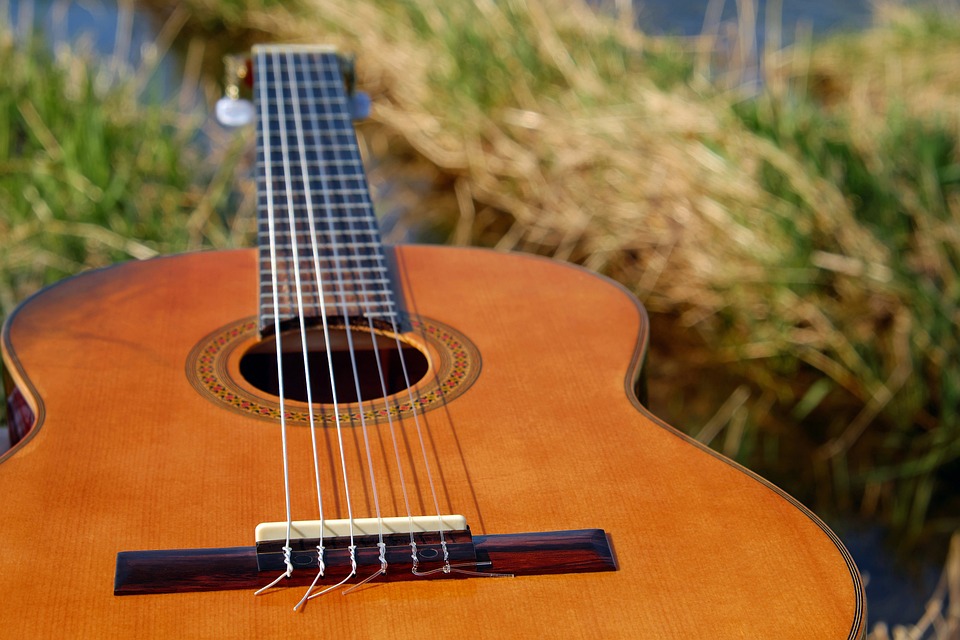Introduction
The acoustic guitar is one of the most popular musical instruments in the world, beloved for its versatility and rich sound. From its humble beginnings as a simple wooden instrument to its current status as a staple of modern music, the acoustic guitar has a long and fascinating history. In this article, we will explore the evolution of the acoustic guitar, from its origins to its present-day form.
Early Origins
The history of the acoustic guitar can be traced back to ancient civilizations, where stringed instruments were used for entertainment and ceremonial purposes. The earliest known ancestor of the modern guitar is the lute, a pear-shaped instrument with a rounded back and a fingerboard. The lute was popular in Europe during the Middle Ages and Renaissance periods, and its design would influence the development of the guitar.
The Birth of the Guitar
The modern guitar as we know it today began to take shape in the 16th century Spain. The vihuela, a guitar-like instrument with a round back and six strings, was a popular choice for musicians during this time. The vihuela eventually evolved into the guitarra, which had the familiar shape of today’s acoustic guitar.
The Baroque Guitar
In the early 17th century, the baroque guitar emerged as a popular instrument in Europe. This guitar had a smaller body and a more delicate sound compared to earlier models. The baroque guitar was often used in chamber music and solo performances and featured intricate designs and decoration.
The Classical Guitar
During the 19th century, the modern classical guitar was developed. With a larger body and a deeper sound, the classical guitar became a staple of classical music performances. Famous composers such as Fernando Sor and Francisco Tarrega composed music specifically for the classical guitar, further solidifying its place in the music world.
The Steel-String Guitar
In the early 20th century, the steel-string guitar was introduced, revolutionizing the sound and playing style of the acoustic guitar. With a brighter and louder sound than its nylon-stringed counterpart, the steel-string guitar became popular in folk, blues, and country music. Artists like Bob Dylan and Joni Mitchell popularized the steel-string guitar in the 1960s and 70s, leading to its widespread adoption in popular music.
The Rise of the Modern Acoustic Guitar
In the late 20th century, advancements in technology and craftsmanship led to the development of the modern acoustic guitar. Luthiers began experimenting with different woods, bracing patterns, and construction techniques to enhance the sound and playability of the instrument. The invention of the electric-acoustic guitar allowed musicians to amplify their sound without sacrificing the natural acoustic tone.
The Acoustic Guitar in Popular Music
Today, the acoustic guitar continues to be a popular choice for musicians of all genres. From folk and country to rock and pop, the acoustic guitar is a versatile instrument that can be heard on countless hit songs. Artists like Ed Sheeran, Taylor Swift, and John Mayer have helped bring the acoustic guitar back into the mainstream, showcasing its beauty and versatility in their music.
The Future of the Acoustic Guitar
As technology continues to advance, the acoustic guitar is evolving to meet the demands of modern musicians. Innovative designs, materials, and construction techniques are being developed to enhance the sound and playability of the instrument. Digital enhancements such as built-in effects and pickups are also being integrated into acoustic guitars, allowing for greater sonic possibilities.
Conclusion
The acoustic guitar has a rich and storied history that spans centuries and continents. From its humble beginnings as a simple wooden instrument to its current status as a staple of modern music, the acoustic guitar has evolved and adapted to meet the changing needs of musicians. With its timeless sound and versatility, the acoustic guitar will continue to captivate audiences for generations to come.

Leave a Reply